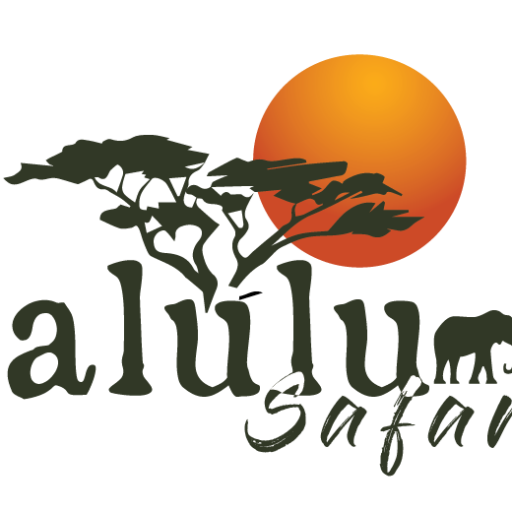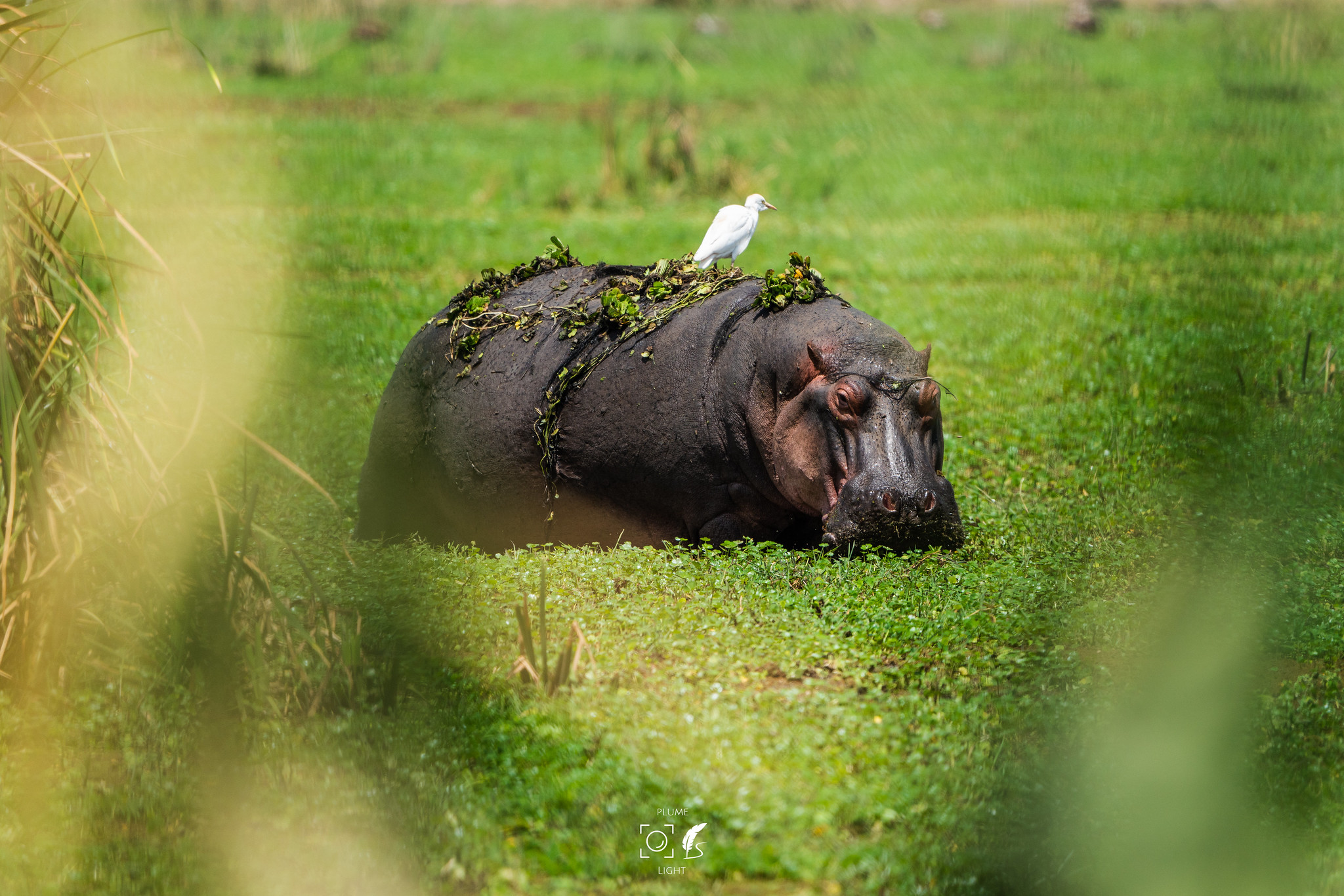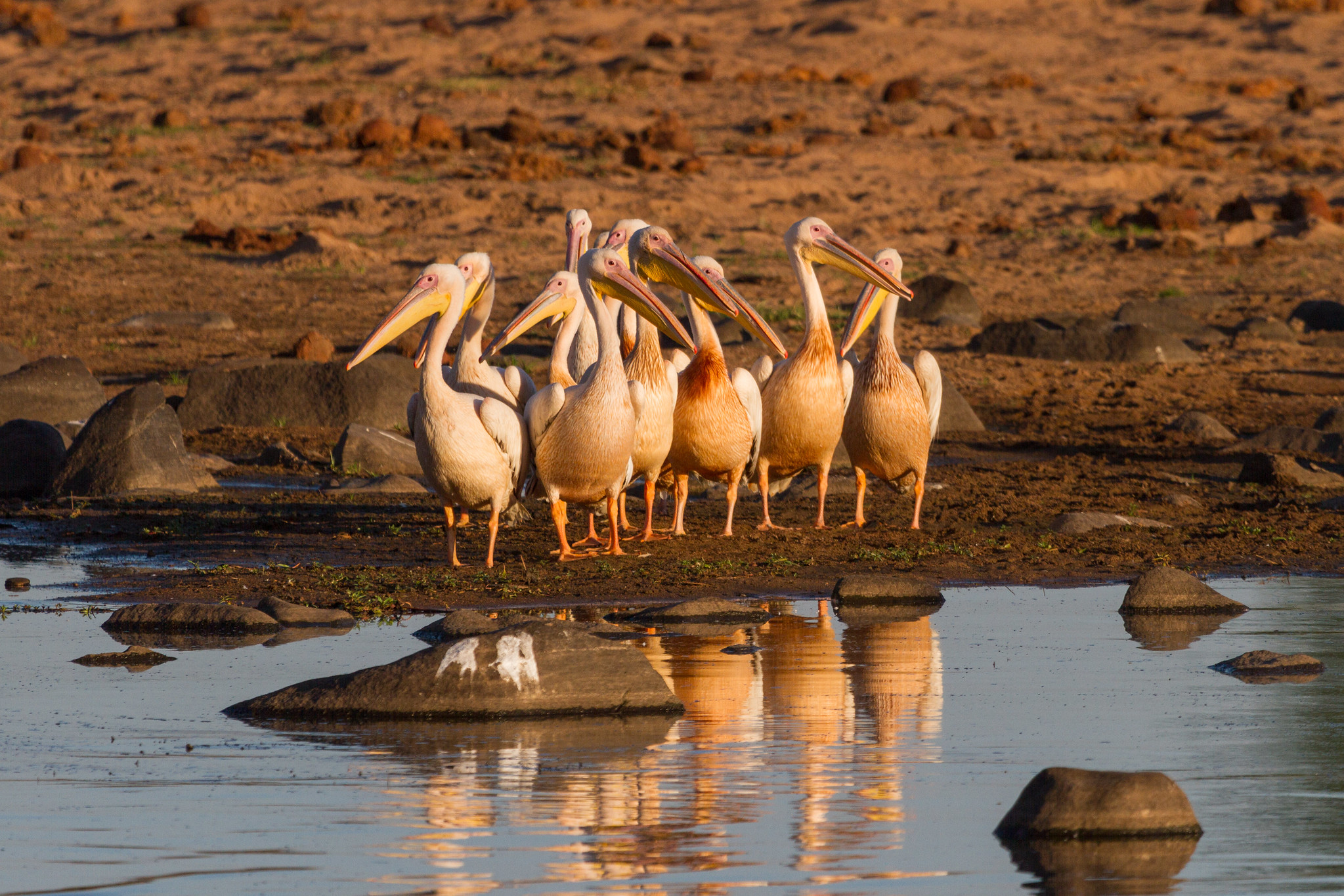The sunrise is obscured by a whirl of thick mist. Early morning sunlight casts a rusty glow over the undulating grass heads. Confident in their ability to blend in at this predatory hour, a herd of zebras strike a balletic position, with their heads in perfect unison and their stripes merging in fluid motion.
The paved route that connects Dar es Salaam and Iringa cuts through Mikumi National Park and borders the northern edge of Africa’s largest game reserve, the Selous. This makes it the easiest place to access a vast wilderness area that stretches nearly to the Indian Ocean to the east, covering an area of 75,000 square kilometers (47,000 square miles).
People often compare the Mkata Floodplain, which is the most popular part of Mikumi, to the more famous Serengeti Plains because of its wide views and large number of animals.
Lions look out over their grassy kingdom and the groups of zebra, wildebeest, impala, and buffalo that pass through it. They do this from the flattened tops of termite mounds or, when it rains, from high up in the trees. Giraffes eat in the lonely acacia stands along the Mkata River, which are also liked by Mikumi’s elephants because they offer shade.
The Mkata Floodplain is the most likely place in Tanzania to see the powerful eland, the world’s largest animal. It has a good network of roads for seeing wildlife. Both the greater kudu and the sable antelope are very impressive animals. They live in the miombo-covered slopes of the mountains that rise from the park’s edges.
More than 400 different kinds of birds have been seen there. During the rainy season, many European birds come to visit, joining colorful locals like the lilac-breasted roller, yellow-throated longclaw, and bateleur eagle. Hippos are the main draw of the two pools 5 km north of the main entrance gate. Waterbirds come and go, so you can always see something new.
About Mikumi National Park:
It is the fourth biggest park in Tanzania and covers 3,230 km2 (1,250 sq mi). It is part of a much larger ecosystem that is centered on the Selous Game Reserve, which is the largest game reserve in the world.
Location: 283 km (155 miles) west of Dar es Salaam, north of Selous, on the way to Ruaha, Udzungwa, and (for the brave) Katavi.
What must be done:
Game drives and guided walks. Pay a visit to Udzungwa, which is located close, or continue on to Selous or Ruaha.




